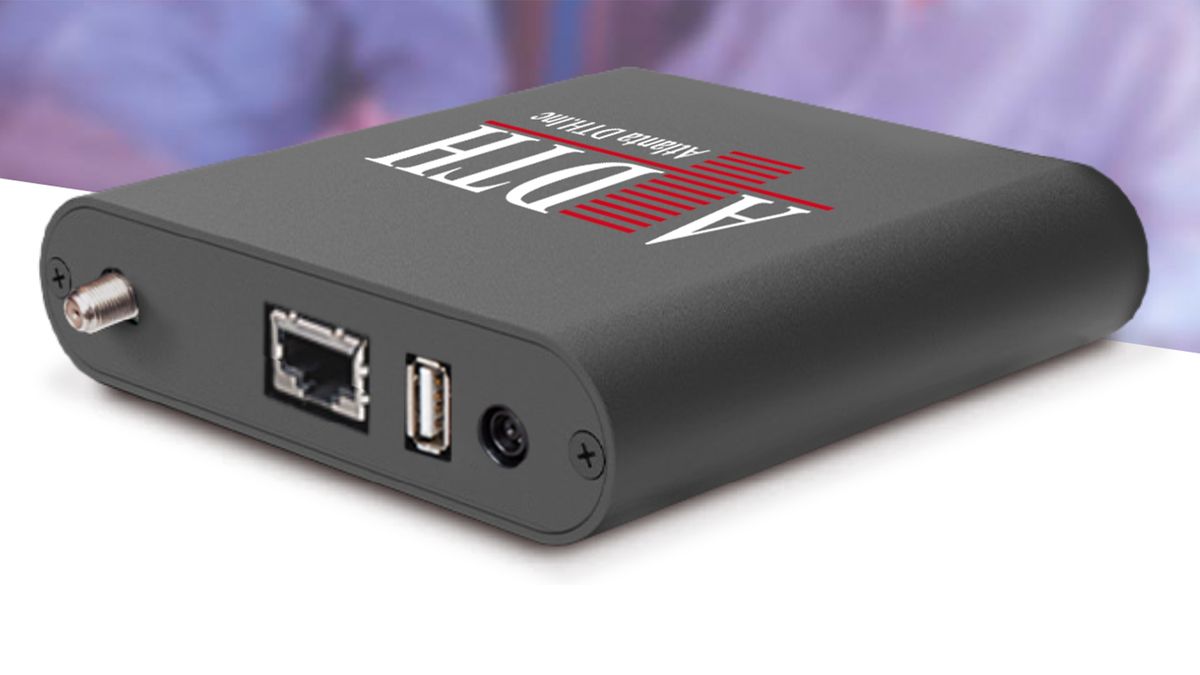Silicon Dust really dropped the ball on this.
No, they didn't. I'm going to quote myself from another forum.
"Er, it
does have upgradable firmware. What it may not have is on-board hardware to do audio decoding, but that's never what the HDHR has been. It's been a tuner attachment to a network, and the display device (or computer, or streaming device) is supposed to handle the video and audio. You're expecting it to be something it's not."
"If you buy a small car and complain you can't move a sofa with it, that implies you're using the wrong tool for the job, not that there's something wrong with the car. In this case, the manufacturer provided you with a free trailer for moving sofas, above and beyond what they likely expected to provide originally.
The fact of the matter is that if the HDHR hadn't ended up as the only available 3.0 tuner at a reasonable price, I suspect a decent number of people wouldn't be using it at all. People want it to be something it's not because the right tool for the job literally hadn't existed until the Tablo announcement. (That's assuming it's not vaporware like the ZapperBox, but given Tablo's history of actually delivering product, I suspect it's real.)
The HDHR is not a set-top box. It does not convert audio and video to baseband and feed it over HDMI. It's a tuner, and outsources all of that other stuff to elsewhere in the chain. Which is probably why the Tablo is 50% more expensive, because it
does do all of that.
I, for one, am exceptionally happy that SiliconDust went above and beyond not only in producing a cheap 3.0 receiver more than a year ahead of literally everyone else, but has now provided a work-around for the widespread audio issues which are not their own fault. I'm sure that providing this service is not free, but they're doing it anyway."
- Trip




 www.tvtechnology.com
www.tvtechnology.com


 www.tvtechnology.com
www.tvtechnology.com


